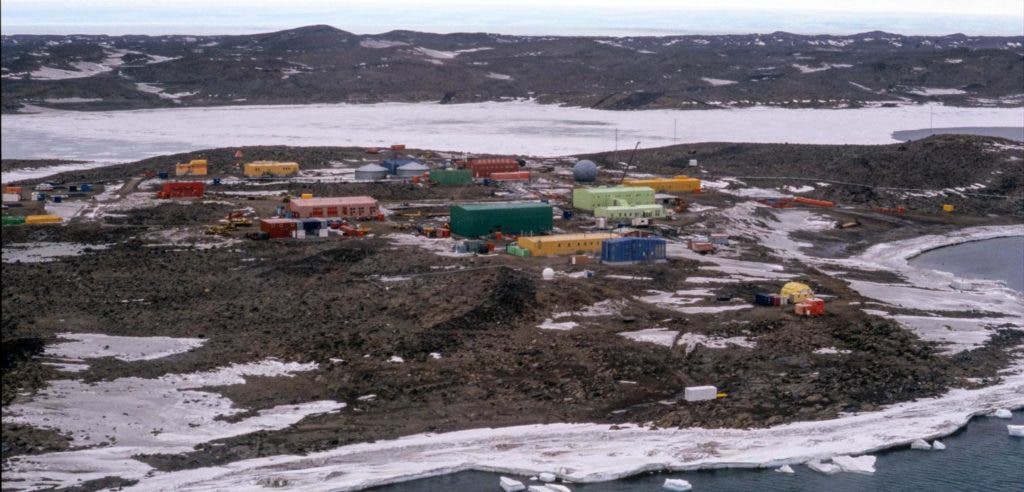Buildings alone cover more than 390 000 square meters, while the visual footprint (the areas from which human activity can be seen) extends to more than 93 000 square kilometers.
Antarctica is the world’s southernmost continent. It’s the coldest, driest, and windiest continent, and has the highest average elevation of all the continents — an unfriendly polar desert that only hosts a few creatures which have adapted to survive these extreme conditions. Antarctica, however, is no longer pristine.
At any given moment, there are over 1,000 humans in Antarctica, generally engaged in scientific research. However, during some months, the number of researchers in Antarctica goes closer to 5,000. While much of this research contributes to our understanding and conservation of Antarctica, it still has an environmental impact. Considering that an estimated 38,000 tourists visit the frozen continent every year, it seems quite likely that humans are having quite an impact in Antarctica.
However, this impact hasn’t been thoroughly quantified — until now.
In a new study published in Nature Sustainability, PhD student Shaun Brooks focused on the area that humans changed. He explains that measuring the area impacted by humans was important for Antarctic conservation and environmental management.
“Although the 53 countries that have signed the Antarctic Treaty agreed to protect the Antarctic environment, until now there has been only limited data on the spatial extent of human activity on the continent,” Mr Brooks said.
“Our research shows that human impacts are the greatest on land that is also the most environmentally sensitive – ice free areas within a few kilometres of the coast.”
The international treaty he is referring to mandates Antarctic activities. The treaty prohibits military activities and mineral mining of any kind. It also prohibits nuclear explosions and nuclear waste disposal, but allows scientific research, and protects the continent’s biodiversity.
About 98% of Antarctica is covered by ice, but the remaining 2% hosts a rich biodiversity — Antarctica’s only true biodiversity. However, whenever humans set up camp, it’s almost always in or just outside of this iceless area.
“Ice-free land supports the continent’s greatest diversity of flora and fauna, including iconic species such as Adelie penguins, and provides the most accessible areas for marine animals that breed on land,” Brooks continues. “We found that 81 per cent of the buildings in the Antarctic are located within just 0.44 per cent of the land that is free of ice.”
With a growing number of researchers, and increasing pressure from tourism, the environment pressure is also certain to increase. Brooks says this type of research is vital to ensuring that the fragile balance in Antarctica isn’t
“There is a growing tension between the increasing pressure for access to the continent and international commitments to protect the Antarctic environment. Hopefully, our research can help to inform a sustainable balance between these competing imperatives,” Brooks concluded.
The study has been published in Nature. http://dx.doi.org/10.1038/s41893-019-0237-y










